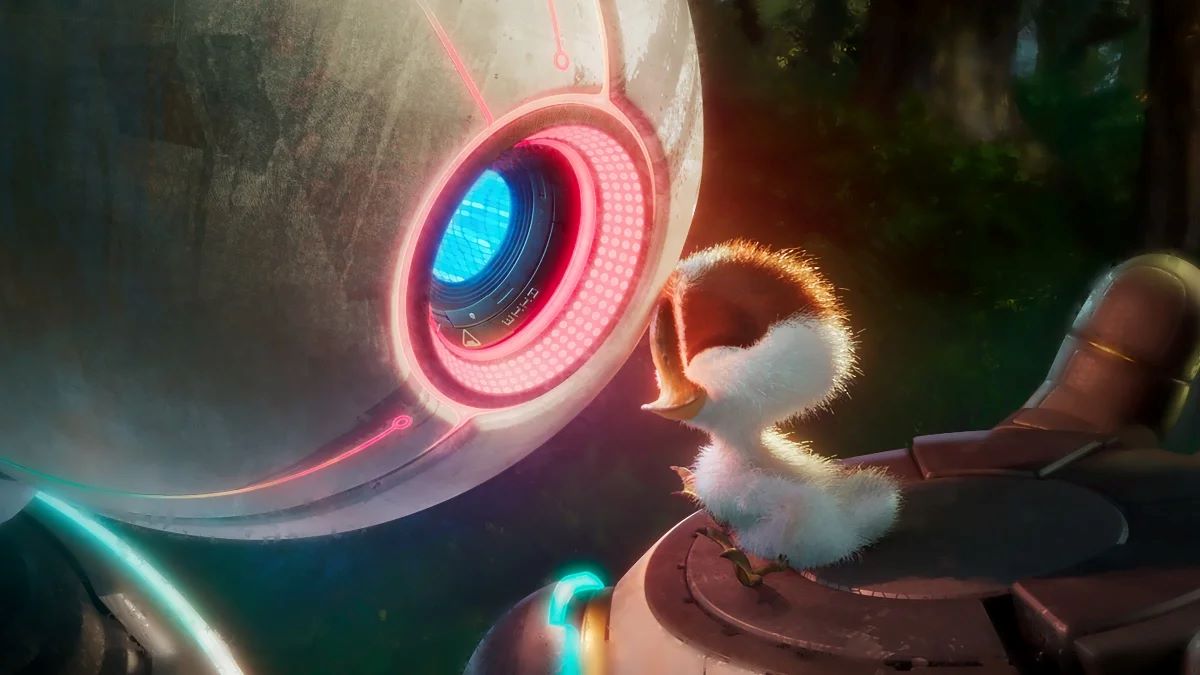Brats, Andrew McCarthy’s Hulu documentary, is about coming of age in Hollywood in the mid-eighties and being saddled with the unasked-for membership in The Brat Pack.
It’s a nostalgic walk down memory lane, and if you’re a kid of the ’80s (or ’90s who had basic cable and/or a VCR), it’s a high school reunion of the cool upperclassmen you never got to hang out with, but worshipped just the same. Watching Brats also means revisiting the classic movies that made The Brat Pack The Brat Pack, including the second-best Brat Pack movie of all time: Pretty in Pink. (Sixteen Candles being the obvious first. Go cry about it, The Breakfast Club.)
Brats does not shy away from the movies that defined the group, and the era, and one of the highlights is when McCarthy and Pretty in Pink director Howard Deutch speak with absolute bewilderment about how the test audience hated the original ending to Pretty in Pink. It was so reviled that they had to film a new one, with McCarthy in that wig, and the rest is history.
As a refresher, the original ending was Andie (Molly Ringwald), after pining away for pretty rich boy Blaine (McCarthy), ending up with “nice guy” Duckie (Jon Cryer) when Blaine dumps her before prom, realizing her love for Duckie at last. I say “at last” because Duckie spends the entire movie being a godd**nm creep toward Andie and women in general, sabotaging her relationship with Blaine, engaging in some light sexual harassment in the school halls, and generally thinking “no” is open to negotiation instead of a complete sentence.
Thankfully, whoever was in that test screening that day was doing the lord’s work, and they were vehemently opposed to this awful ending, so a new ending was created where Andie got the pretty rich boy (who looked miserable without her), and Duckie got a random girl (OG Buffy Kristy Swanson) as a consolation prize because this movie was made in 1986, after all.
Now, as a millennial of a certain age, who first saw Pretty in Pink on VHS in the mid ’90s, I remember it being forced down our throats at the time that the movie chose the wrong ending. I’ve always had a bone to pick with people who thought that, because Duckie was a creep. He never listened to Andie when she said she wasn’t interested. He was aggressive towards her when he got his extremely fragile feelings hurt (which was always his own damn fault to begin with), and he was incredibly rude and unsupportive towards Andie’s crush towards Blaine.
That is not how a friend acts! Basically, the guy spent the entire movie treating Andie like a prize to be won instead of a human being, and the idea that she would become a tertiary character in this dweeb’s delusional hero arc, when the entire movie was actually about her and what she wanted, always rubbed me the wrong way.
To love ’80s movies is to accept that they are basically all made through the gaze of a white guy. There’s still a lot to love for these movies (although I don’t blame anyone who doesn’t feel that love, given their faults), but the wish-fulfillment in them skews towards what a white guy—most likely named John Hughes— thinks the characters should want. So, it makes sense that the original ending has the annoying dork get the girl.
However, that’s not what happens in the ending the filmmakers ultimately went with: The girl gets the guy she wants. That’s why I love Pretty in Pink so much. It’s not realistic (because if it were, a-hole bad boy hottie James Spader would have most likely gotten everyone, but I don’t think anyone is ready for that conversation), but it is wish-fulfillment from the female perspective. Too often in movies, especially ’80s movies, the wish-fulfillment centers around men. I mean, just look at Weird Science. Not this time. This time, the poor girl gets the hot rich guy, who turns out to have loved her all along.
Is it realistic? No, of course not—those two won’t make it through Christmas break their first year of college. Is it the perfect ending for the movie? Yes.
Perhaps one of the best things about Brats is that it reiterates that the movies made during this era, which were derided as teen movies (made by a bunch of “brats”), have stood the test of time. Here we are, almost 40 years later, still discussing the ending of Pretty in Pink. As McCarthy pointed out in the documentary, if he had known how crucial (and dare I say iconic) the ending to Pretty in Pink was going to be, he would have insisted on a better wig for the grand finale.
Personally, I think the wig is part of the charm, but I digress. The actors and directors behind these movies may not totally get why they endure decades on, or why the ending to Pretty in Pink had to be changed to make audiences happy, and that’s OK, too. Once you create something, it’s released into the world and takes on new meaning that was most likely never intended by its creators. For Pretty in Pink, it’s a beacon of hope, at least to me, that sometimes in the movies, the girl gets what she wants, not what someone else thinks is good for her.










Published: Jun 13, 2024 04:27 pm